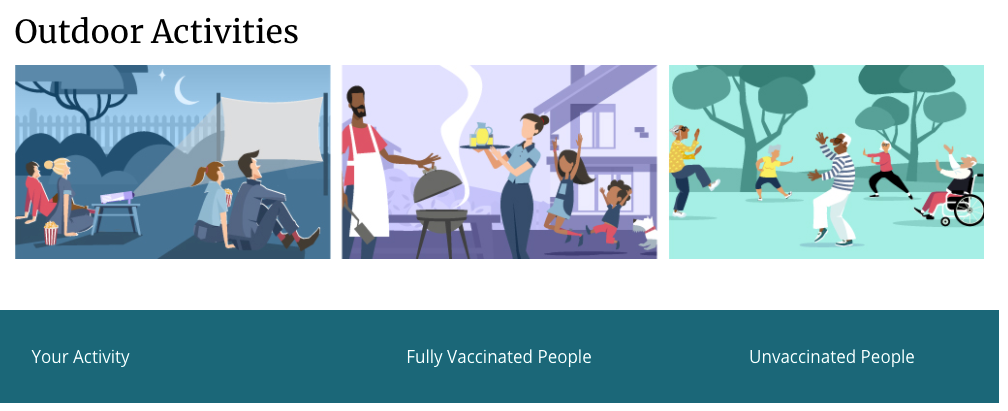Hot Topics in Infection Prevention: Why India Matters, and CDC’s Mask Guidance
The truth is that variants will occur where the virus spreads and until SARS-CoV-2 is controlled everywhere, it won’t be controlled anywhere. What is occurring in India is a prime example of this.
Health is a Global Issue and So Is COVID-19
This notion seems obvious–this a pandemic, right? Hearing people say “global pandemic” seems odd–a pandemic is inherently a global issue. In reality though, our ability to reconcile that as the US approaches 30% of the population being fully vaccinated, it can be easy to lose sight of the global aspects of this disease. India is in a state of crisis as hospitals struggle to obtain oxygen, 300,000 cases have been reported daily for over a week, and thousands are dying daily.
Saskia v. Popescu, PHD, MPH, MA, CIC

Circulating variants make this all the more concerning, such as the B1617 variant that was first identified in India. The truth is that variants will occur where the virus spreads and until SARS-CoV-2 is controlled everywhere, it won’t be controlled anywhere. What is occurring in India is a prime example of this and frankly, an indication of how disjointed and inequitable the COVID-19 response and vaccine distribution has been. As Yasmeen Serhan noted recently in the Atlantic—“Though mass vaccination has provided an off-ramp from the pandemic for some countries, India is a stark reminder that, for many others, a long road lies ahead. The world is on track to record more COVID-19 deaths this year than it did in 2020. The risks of allowing current outbreaks to ravage places such as India aren’t limited to those countries alone. Emerging variants and further delays to more equitable vaccine distribution stand to affect everyone, including vaccinated populations. India’s problem is the world’s problem.”
CDC Post-Vaccination Mask Guidance
The much talked-about news this week was on the Center for Disease Control and Prevention (CDC) update on what vaccinated individuals can regarding the wearing of masks outdoors. The new guidance reviewed indoor and outdoor scenarios, such as dining outdoors, biking, public transportation, eating indoors, etc. In this more risk-matched approach, the CDC worked to provide insight on levels of risk (safest, less safe, least safe) for those who have been vaccinated and those who haven’t been. The visual tool is helpful and overall, underscores what increases or decreases risk, but also emphasizes that people should “consider how COVID-19 is spreading in your community, the number of people participating in the activity, and the location of the activity. Outdoor visits and activities are safer than indoor activities, and fully vaccinated people can participate in some indoor events safely, without much risk.”
For infection preventionists, this guidance is a welcome sign of more normalcy to come, but also some challenges ahead. Community-based guidance, such as this new CDC one, helps people make informed decisions and ultimately, expand their activities in a safe manner. How these translate to an office or workplace environment is a bit different—the CDC specifically notes these are for communities and to follow workplace protocols. For those in a health care setting where vaccination rates may be high, there have been some who decided to allow for meetings without masks where everyone is vaccinated. In the course of making such determinations though, it’s important that we consider those who were unable or unwilling to be vaccinated and provide alternatives. Navigating this terrain in the health care setting will be important and should include discussions with infection prevention, employee health, human resources, and leadership.
Source: Centers for Disease Control and Prevention

Source: Centers for Disease Control and Prevention

Uncovering a Hidden Risk: Alcohol Use Disorder Significantly Increases C difficile Infection Rates
April 10th 2025A groundbreaking study reveals a strong connection between alcohol use disorder and increased risk for Clostridioides difficile infection, challenging traditional assumptions and calling for enhanced infection prevention protocols.
Bridging the Gap: Operating Room and Central Processing Unite to Improve Surgical Efficiency
April 8th 2025Communication breakdowns between the operating room and central processing led to delays and frustration—until collaboration, cross-training, and shared goals turned metrics around and strengthened teamwork.